ABS sensors
-
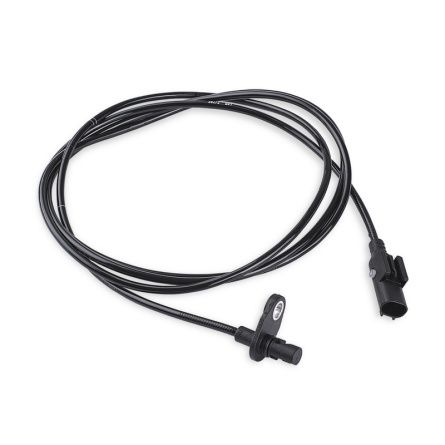
Rotational Speed Sensor
MercedesA9069050801£57.32 £47.77 -
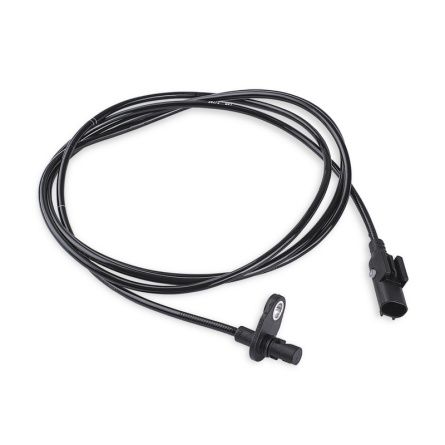
Rotational Speed Sensor
MercedesA9065404117£57.32 £47.77 -
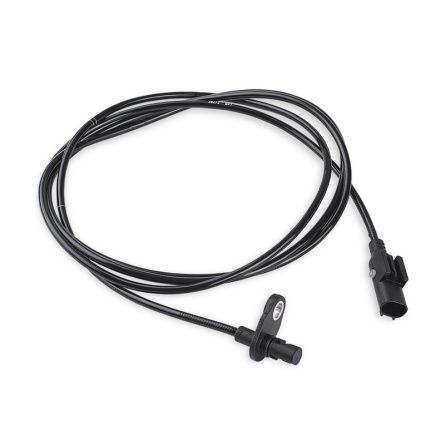
Rotational Speed Sensor
MercedesA9069050901£57.32 £47.77 -
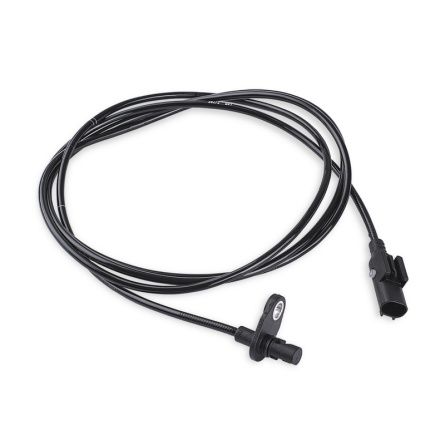
Rotational Speed Sensor
MercedesA9065404217£57.32 £47.77 -

Rotational Speed Sensor
VolkswagenWHT007147A£16.37 £13.64 -
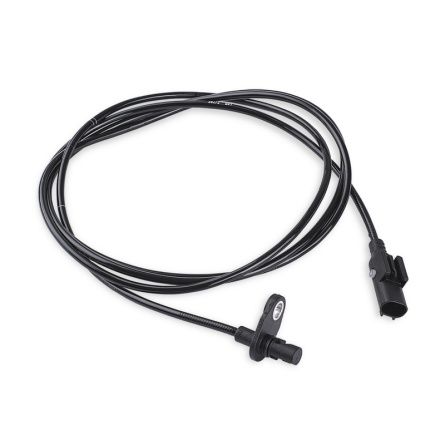
Rotational Speed Sensor
MercedesA9065400117£57.32 £47.77 -
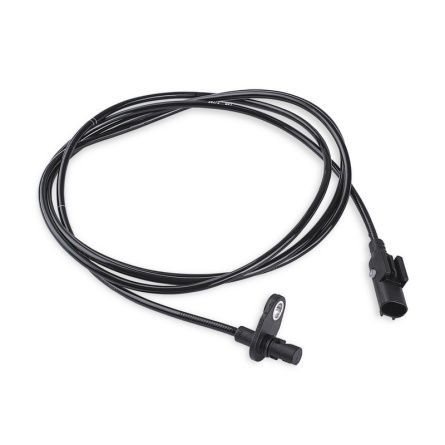
Rotational Speed Sensor
Volkswagen2E0927748B£57.32 £47.77 -
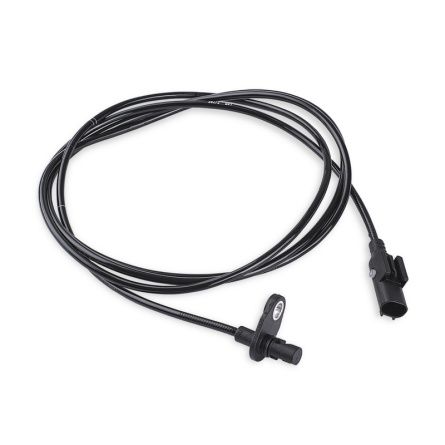
Rotational Speed Sensor
Volkswagen2E0927748P£57.32 £47.77 -
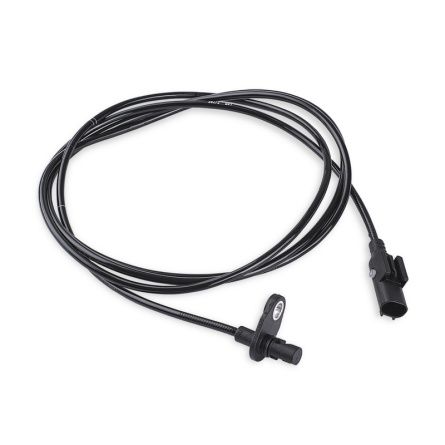
Rotational Speed Sensor
Volkswagen2E0927748F£57.32 £47.77 -
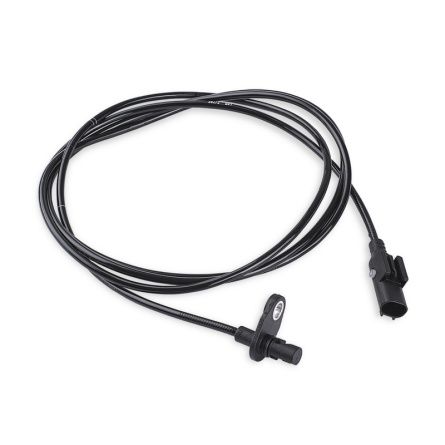
Rotational Speed Sensor
Volkswagen2E0927748AA£57.32 £47.77 -
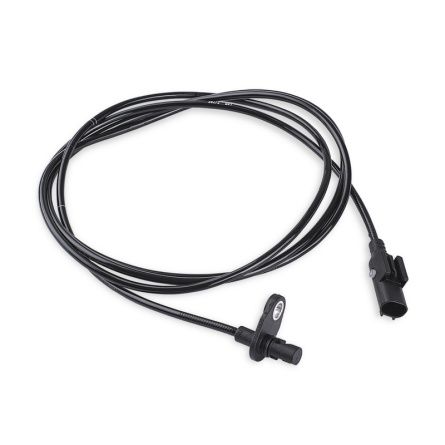
Rotational Speed Sensor
Volkswagen2E0927748S£57.32 £47.77 -
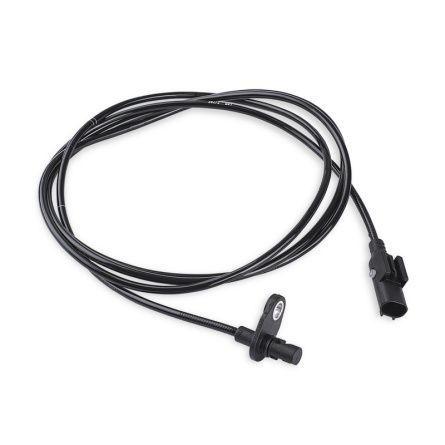
Rotational Speed Sensor
MercedesA9065400217£57.32 £47.77 -
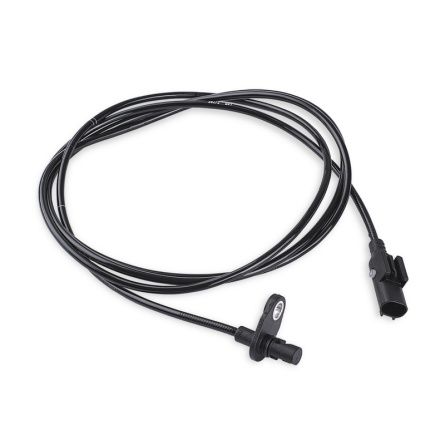
Rotational Speed Sensor
Volkswagen2E0927801A£57.32 £47.77 -
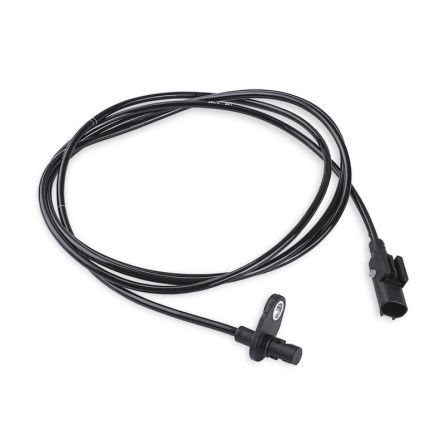
Rotational Speed Sensor
Volkswagen2E0927748N£57.32 £47.77 -
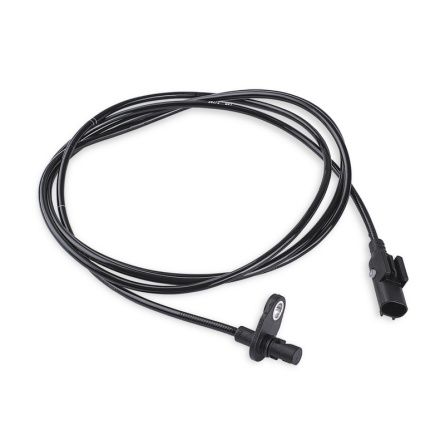
Rotational Speed Sensor
Volkswagen2E0927748T£57.32 £47.77 -

Rotational Speed Sensor
Volkswagen2E0927748G£57.32 £47.77 -
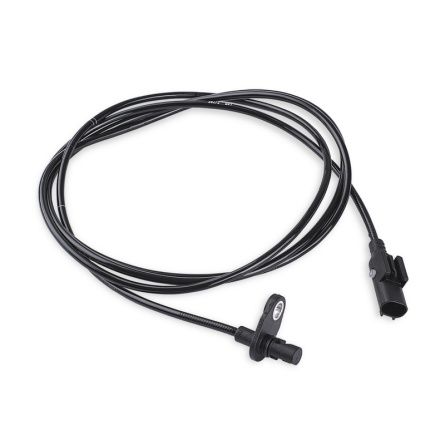
Rotational Speed Sensor
Volkswagen2E0927748C£57.32 £47.77 -
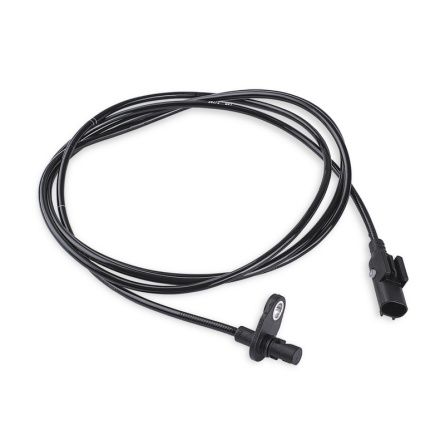
Rotational Speed Sensor
Volkswagen2E0927748AB£57.32 £47.77 -
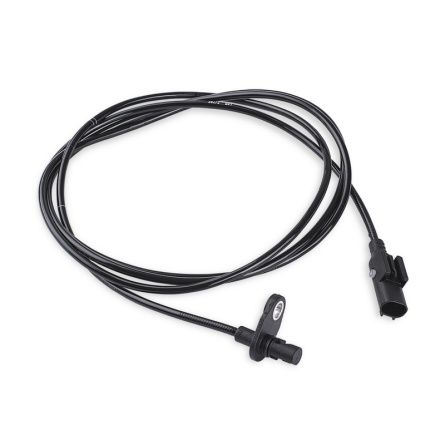
Rotational Speed Sensor
Volkswagen2E0927748M£57.32 £47.77 -
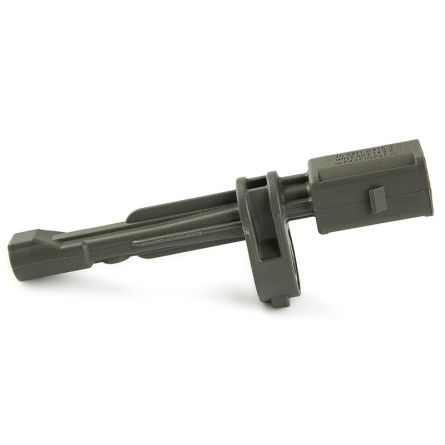
Rotational Speed Sensor
VolkswagenWHT007147B£16.37 £13.64 -
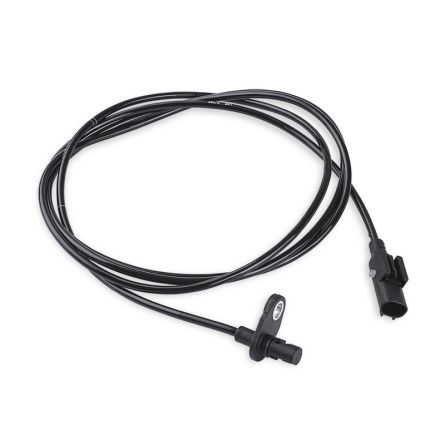
Rotational Speed Sensor
MercedesA9069053501£57.32 £47.77 -
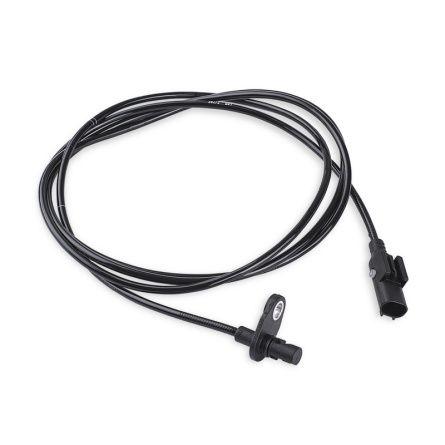
Rotational Speed Sensor
MercedesA9069053601£57.32 £47.77
ABS sensors
ABS sensors have become one of the most critical components in modern vehicle safety systems, ensuring that drivers maintain control even in the most challenging road conditions. By monitoring wheel speed and preventing the wheels from locking during sudden braking, these intelligent sensors play a vital role in maintaining stability, reducing stopping distances, and enhancing overall driving performance. Far beyond their mechanical function, ABS sensors represent the fusion of precision engineering and advanced electronics—working silently to protect passengers, optimize braking efficiency, and deliver a smoother, more confident driving experience. Understanding how these sensors operate and why they are so essential is the first step toward appreciating their impact on both safety and performance in today’s vehicles.
To complement modern safety systems, vehicles often integrate other essential visibility components such as the license plate light, which improves nighttime visibility and ensures legal compliance. Together, such details demonstrate how even small electronic parts can significantly influence safety and reliability on the road.
Understanding ABS Sensors
Also known as wheel speed sensors, these electronic components serve as the eyes and ears of the Anti-lock Braking System (ABS). Their main function is to monitor the rotational speed of each wheel and transmit this data to the vehicle’s Electronic Control Unit (ECU). When the system detects that one or more wheels are about to lock up during braking, it automatically adjusts the brake pressure to prevent skidding and maintain traction. This allows the driver to retain steering control, even during sudden or emergency stops.
By continuously measuring and sending precise data in real time, ABS sensors help the system react within milliseconds—something no human driver could achieve manually. Their contribution to road safety is enormous: they not only reduce the risk of accidents caused by wheel lock but also enhance braking efficiency on slippery, wet, or uneven surfaces.
Modern vehicles often combine the performance of ABS sensors with advanced lighting systems such as the LED license plate light, further improving visibility and driver awareness. This integration of safety technology highlights how electronic precision contributes to overall vehicle control and functionality.
Key Features of ABS Sensors
These components combine robust design, precise engineering, and advanced electronics to ensure reliable performance under even the most demanding driving conditions. Their construction typically includes a magnetic or Hall-effect element, a sensor housing resistant to heat and moisture, and a signal cable or connector that transmits data to the vehicle’s control unit. This durable build allows the sensors to operate accurately despite exposure to dirt, vibrations, extreme temperatures, and road debris—conditions that are unavoidable in everyday driving.
There are two main types: passive (inductive) and active (magnetic or Hall-effect). Passive sensors generate an alternating current signal based on the rotation of a toothed wheel attached to the axle. While simple and reliable, they are less precise at low speeds. Active sensors, on the other hand, use magnetic fields and integrated electronics to produce digital signals that remain accurate even when the vehicle moves very slowly or starts from a stop. Because of their precision, active sensors have become the standard in modern vehicles, offering improved sensitivity and faster response times.
Other vital exterior components like the tag light assembly follow a similar design philosophy—durable, efficient, and built to withstand harsh environmental conditions while ensuring consistent performance and visibility.
Installation and Maintenance of ABS Sensors
Proper installation and maintenance of ABS sensors are essential to ensure their accuracy, durability, and consistent performance. Because these components are directly responsible for transmitting critical wheel speed data to the braking system, even a small installation error or lack of upkeep can compromise both safety and vehicle efficiency.
During installation, the first step is to use only high-quality, manufacturer-approved parts that match the specific make and model of the vehicle. Before fitting the sensor, the mounting area should be thoroughly cleaned to remove rust, dirt, and metal debris that could interfere with signal transmission. The air gap between the sensor and the tone ring (reluctor wheel) must be set precisely according to the manufacturer’s specifications, as an incorrect distance can lead to false readings or complete sensor failure.
Regular maintenance plays an equally important role in extending the life of ABS sensors. Periodically inspect the sensors and wiring for signs of damage, corrosion, or loose connections. Keep the area around the wheel hub clean, especially in winter, when road salt and grime can accumulate and affect sensor performance. Similarly, ensuring that exterior lights such as the license plate lamp remain clean and functional supports visibility and compliance with road regulations, contributing to the overall safety ecosystem of the vehicle.
Choosing the Right ABS Sensors for Your Vehicle
Choosing the right ABS sensors for a vehicle requires careful consideration of several factors, including the type of vehicle, driving conditions, and specific safety requirements. Not all sensors are created equal—selecting a compatible and high-quality component ensures accurate wheel speed readings and optimal performance of the Anti-lock Braking System.
For passenger cars, the priority is precision and reliability. Drivers should look for sensors designed to provide accurate data at both low and high speeds, ensuring smooth braking in city traffic and on highways alike. In commercial vehicles or SUVs, durability and sealing are crucial for withstanding mud, dust, and extreme temperatures.
When purchasing replacements, always match the sensor by OE or manufacturer part number (MPN) to ensure perfect compatibility. Trusted brands and verified aftermarket suppliers guarantee the best balance between performance, longevity, and cost. Selecting the correct ABS sensors—and maintaining supporting components like lighting systems—ensures consistent braking, visibility, and overall safety on every journey.